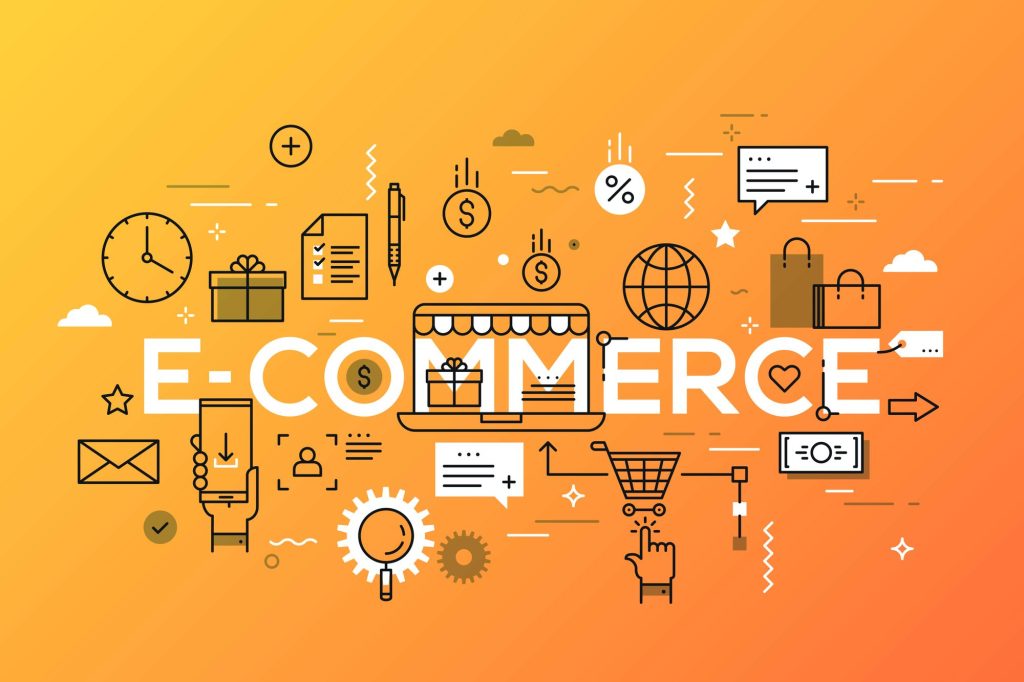
When it comes to e-commerce, there are numerous business models to consider. From dropshipping to inventory sales, each model has its own advantages and disadvantages. But in order to succeed in the competitive online marketplace, it is crucial to choose the right e-commerce model that aligns with your goals and target audience. In this comprehensive guide, we will explore the top e-commerce models, discuss their pros and cons, and provide valuable insights on optimizing your e-commerce website for SEO. Whether you are a new entrepreneur or an established business owner looking to expand your online presence, this guide will serve as your go-to resource for all things e-commerce. So let’s dive in and explore the world of e-commerce models!
Understanding E-Commerce Models
In this section, we will delve deeper into the different types of e-commerce models. It is essential to have a clear understanding of these models before deciding which one fits your business needs.
a. Dropshipping: Dropshipping is a popular e-commerce model where the retailer doesn’t keep the products in stock. Instead, they partner with suppliers who handle the inventory, packaging, and shipping. The retailer acts as the middleman, earning a profit by marking up the product’s price.
b. Inventory Sales: This traditional model involves purchasing products in bulk and storing them in warehouses. The retailer handles inventory, packaging, and shipping. While inventory sales give you more control over the process, it also requires more resources and comes with higher risks.
c. Subscription-based: This model offers a recurring revenue stream by charging customers a subscription fee in exchange for continuous access to products or services. It provides stability and predictability, but it may require consistent effort to add value and retain customers.
By understanding these e-commerce models, you can make an informed decision that aligns with your business goals. In the next section, we will examine the advantages and disadvantages of each model, helping you weigh the options effectively. Stay tuned!
The Pros and Cons of Dropshipping
In this section, we will uncover the advantages and disadvantages of dropshipping, one of the top e-commerce models. By understanding its pros and cons, you will be able to make an informed decision about whether dropshipping is the right fit for your business.
Dropshipping offers various benefits, such as low upfront costs and minimal risk. Since you don’t need to invest in inventory, there’s no need to worry about storage space or managing stock levels. Additionally, you have the flexibility to offer a wide range of products without the need for extensive product research or development.
However, dropshipping also has its drawbacks. As a middleman, you have limited control over the quality and fulfillment of orders. You heavily rely on suppliers to ensure timely shipping and maintain product availability. Furthermore, competition can be fierce, and profit margins can be slim due to the ease of entry into the dropshipping market.
In the next section, we will explore the pros and cons of inventory sales, giving you a comprehensive understanding of this traditional e-commerce model. Stay tuned to further compare the different e-commerce models and find the best fit for your business.
Exploring Inventory Sales
Inventory sales, also known as traditional e-commerce, is a model in which businesses purchase inventory upfront and store it in their own warehouses or fulfillment centers. In this section, we will delve into the advantages and disadvantages of this e-commerce model to help you determine if it aligns with your business goals.
One significant advantage of inventory sales is the control it offers. Owning your inventory allows you to have full control over the product quality, packaging, and shipping process. You can ensure that orders are fulfilled promptly and accurately, enhancing customer satisfaction and loyalty.
Moreover, holding inventory allows businesses to negotiate better pricing with suppliers, leading to higher profit margins. It also enables you to run promotions, bundle products, and implement various marketing strategies that may not be feasible with dropshipping.
However, the inventory sales model comes with its own set of challenges. Upfront costs can be substantial, as you will have to invest in purchasing and storing inventory. It also involves the risk of carrying excess stock that might become obsolete or outdated.
Another aspect to consider is scalability. As your business grows, managing inventory can become complex and time-consuming. You will need to forecast demand accurately, adopt efficient inventory management systems, and ensure timely replenishment to avoid stockouts.
In the following section, we will discuss another e-commerce model: print-on-demand. Stay tuned as we explore the benefits and drawbacks of this unique approach to online business.
The Subscription Model: Is it Right for Your Business?
In addition to dropshipping and inventory sales, another e-commerce model gaining popularity is the subscription model. This unique approach allows businesses to offer products or services on a recurring basis, typically charging customers a monthly or yearly fee.
The subscription model offers several advantages for business owners. Firstly, it provides a predictable revenue stream and a higher customer lifetime value. By securing recurring revenue, you can more accurately forecast your business’s financials and allocate resources accordingly. Secondly, subscriptions foster customer loyalty and engagement. When customers commit to a subscription, they are more likely to continue purchasing from your brand and become brand ambassadors.
However, there are certain considerations to take into account. Implementing a subscription model requires careful planning and ongoing maintenance. You will need to continually offer value to keep customers engaged and prevent churn. Additionally, managing and delivering subscriptions can be logistically challenging. You will need to set up efficient systems for billing, order management, and customer support.
In the upcoming section, we will dive deeper into the subscription model, exploring its various forms and providing insights on whether it might be the right fit for your business.
The Hybrid Approach: Combining Models for Success
The subscription model is not the only way to run a successful e-commerce business. In fact, many businesses have found success by combining different models to create a hybrid approach. This allows you to leverage the benefits of multiple models and tailor your strategy to meet the specific needs of your business.
One popular hybrid approach is combining dropshipping and inventory sales. By offering a mix of products that you source from suppliers and products that you hold in stock, you can provide a wider range of options to your customers while maintaining control over quality and delivery times. This approach allows you to offer fast shipping on popular products while still offering a diverse selection.
Another hybrid approach is combining the subscription model with traditional one-time purchases. This allows you to build a loyal customer base through subscriptions while still offering products for those who prefer to make one-time purchases. This way, you can cater to different customer preferences and maximize your revenue streams.
Overall, the key to a successful hybrid approach is careful planning and strategic decision-making. By analyzing your target market, understanding their preferences, and finding the right balance between different models, you can create a unique e-commerce strategy that sets you apart from your competitors.
In the next section, we will explore more examples of successful hybrid approaches and provide practical tips on how to implement them effectively for your e-commerce business. Stay tuned!
Choosing the Right E-commerce Model for Your Business
Choosing the right e-commerce model for your business is crucial for its success. With various options available, it’s important to carefully evaluate each model and determine which one aligns with your goals and target market.
One popular e-commerce model is the marketplace model, where you provide a platform for different sellers to showcase and sell their products. This model offers a wide range of products to customers while allowing you to earn commission fees from each transaction. However, it requires careful management and monitoring to ensure the quality and reliability of sellers.
Another option is the social media model, where you leverage social media platforms to promote and sell your products. This model allows you to tap into a large user base and leverage the power of social proof and influencer marketing. However, it requires building a strong brand presence on social media and actively engaging with your followers.
Alternatively, you may consider the direct-to-consumer model, where you sell your products directly to customers without any intermediaries. This model offers better control over the customer experience and allows you to build a direct relationship with your customers. However, it requires significant investment in marketing and infrastructure.
Before making a decision, consider factors such as your product offering, target market, competition, and resources. Research successful businesses in your industry and analyze their e-commerce models to gather insights and strategies. Ultimately, choose a model that aligns with your vision and objectives, and be prepared to adapt and evolve as your business grows.
Making Informed Decisions for E-Commerce Success
Choosing the right e-commerce model is a critical step towards achieving success in the online marketplace. As we discussed in this comprehensive guide, there are several e-commerce models to consider, each with its own advantages and challenges.
Marketplace models allow you to provide a wide range of products to customers while earning commission fees. However, managing multiple sellers requires careful monitoring and quality control. Social media models leverage the power of social platforms to promote products, but building a strong brand presence and active engagement is essential. Direct-to-consumer models offer better control over the customer experience, but require significant investment in marketing and infrastructure.
To make an informed decision, consider factors such as your product offering, target market, competition, and available resources. Research successful businesses in your industry and analyze their e-commerce models for inspiration. Ultimately, choose a model that aligns with your vision and objectives and be prepared to adapt as your business grows.
By carefully evaluating and selecting the right e-commerce model, you can set your business on the path to success in the competitive online marketplace.
